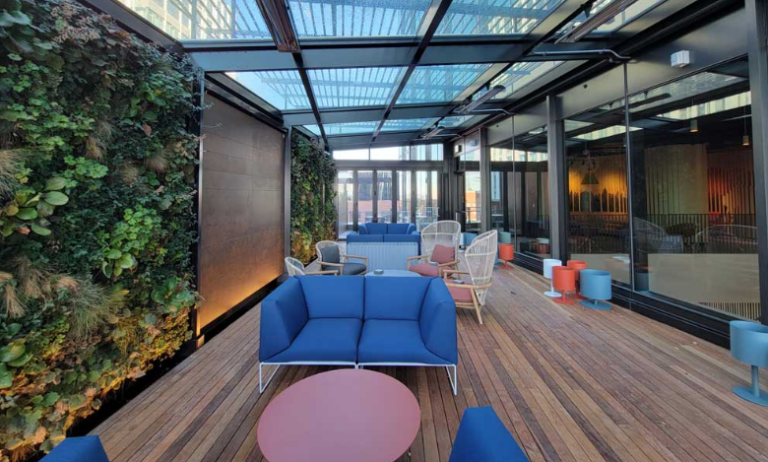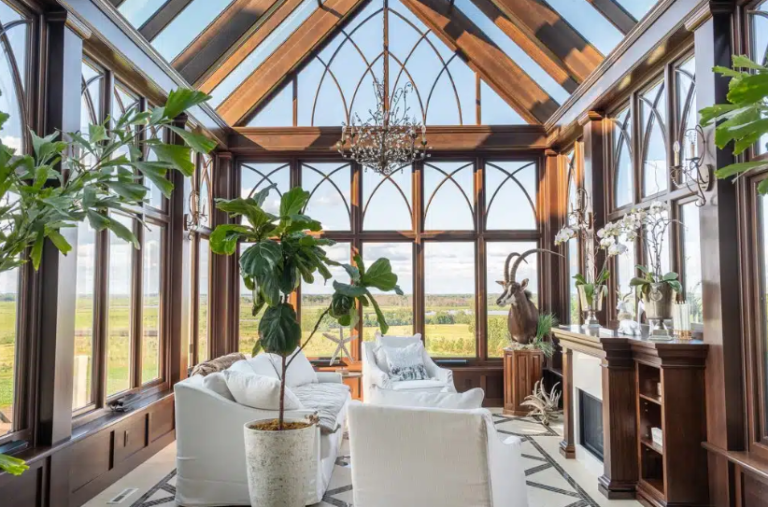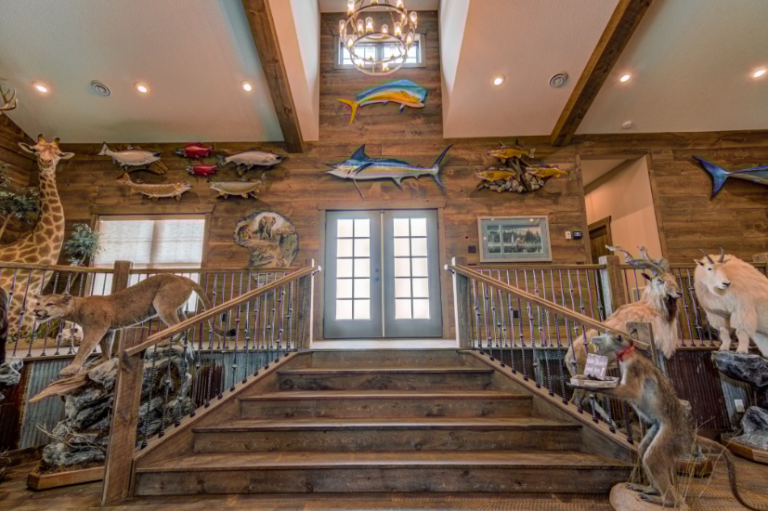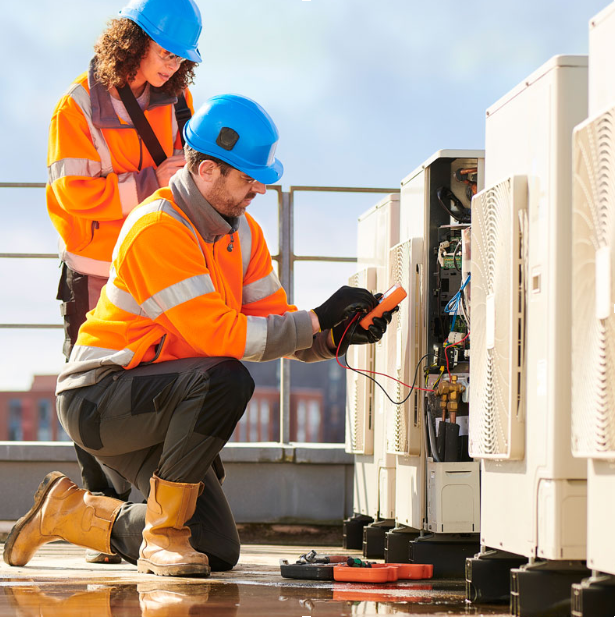Comparing Roof Types: Which is Best for Your Climate Needs

Choosing the right roof for your home is more important than one might initially think. Roofs do much more than simply provide protection; they can significantly impact energy efficiency and longevity, tailored to the specific climate where you live. Given the variety of roofing materials available, each with its pros and cons, it’s essential to make an informed decision. This article will explore the common types of roofs and their applications, aiming to guide you in selecting the most suitable roof for your climate needs.
Understanding Different Roof Types
There are several common roofing materials used today, each suited to different styles and environments. The most popular types include asphalt shingles, metal, tile, and wood. Understanding their characteristics is vital as you weigh options.
Asphalt Shingles: Favoured for their affordability and ease of installation, asphalt shingles are made from a fibreglass or organic base coated with asphalt and mineral granules. They come in various colours and styles, matching a wide range of architectural designs. However, they tend to have a shorter lifespan compared to other materials and can be less durable in extreme weather conditions.
Metal Roofing: Renowned for its longevity and low maintenance, metal roofing is an attractive option. It’s available in various finishes and shapes, catering to both traditional and contemporary homes. While the upfront cost can be higher, its durability and energy efficiency often outweigh these initial expenses.
Tile Roofing: Tile roofs, made from clay or concrete, are celebrated for their aesthetic appeal and ability to withstand harsh weather conditions. This type of roofing is famous in Mediterranean and Spanish-style architecture. Though heavy and expensive, tile roofing is remarkably durable and can last for decades.
Wood Shakes and Shingles: Known for their natural beauty, wood shakes and shingles offer excellent insulation but require maintenance to prevent issues like mould and rot. They work best in regions that don’t experience high humidity or frequent wildfires.
Each material has its visual appeal and compatibility with different architectural styles. Whether seeking rustic charm or modern elegance, there’s a roofing option to meet those desires.
Roofing for Hot and Dry Climates
Hot and dry climates, characterised by intense heat and UV exposure, present unique roofing challenges. Materials must reflect sunlight and resist heat accumulation while maintaining durability.
Clay Tiles: Perfect for hot climates, clay tiles reflect most of the sun’s rays due to their light colour. They’re excellent at maintaining a cooler interior temperature and are long-lasting.
Metal Roofing: Reflective metal tiles or sheets are another excellent choice for hot climates. Coupled with a reflective coating, these roofs can reflect much of the sun’s heat, improving energy efficiency.
Reflective Membrane Roofing: These roofs are designed with energy reflection in mind, boasting a smooth surface that reflects UV rays effectively.
Cool roofs, designed to reflect more sunlight and absorb less heat, are increasingly popular in such climates due to their energy-saving benefits. Successful installations abound, demonstrating significant reductions in cooling costs.
See also: Electrical Upgrades That Add Value to Eastern Suburbs Homes
Roofing for Cold and Snowy Climates
Roofing in cold climates must focus on insulation, moisture resistance, and the ability to handle snow loads.
Asphalt Shingles: Often used in colder regions, asphalt shingles provide excellent insulation and are relatively easy to repair in case of individual shingle damage.
Metal Roofing: Metal roofs shed snow efficiently, preventing snow load from affecting structural integrity.
Slate: While more expensive, slate is highly durable and able to withstand extreme cold and snowy conditions.
It’s crucial to ensure proper insulation and ventilation to prevent ice dams, which can damage the roof. Regular maintenance is key to prolonging roof life, involving inspecting for damage post-winter and removing accumulated snow.
Roofing for Wet and Humid Climates
Wet and humid climates challenge roofs with moisture issues, risking mould and algae growth, and water damage.
Metal Roofing: Metal naturally resists water penetration and doesn’t facilitate mould growth, making it ideal for these environments.
Clay Tiles: These tiles are also water-resistant and allow for good ventilation, reducing the risk of mould.
Treated Wood: Wood that’s been specially treated can work well, provided that maintenance is diligent to prevent rot and other moisture-related issues.
Proper ventilation and drainage are essential to managing moisture, while choosing appropriate coatings can help roofs resist wet conditions better.
Sustainable and Eco-Friendly Roofing Options
Eco-friendliness is becoming a major consideration for homeowners. Sustainable roofing options are not just about reducing environmental impact but also offer cost-effective benefits.
Green Roofs: Covered with vegetation, these provide insulation and absorb rainwater, helping reduce urban heat.
Solar Roofing: Integrating solar panels into roofing materials can greatly reduce energy costs while promoting sustainability.
Recycled Materials: Roofing materials made from recycled products offer durability and an eco-friendly profile.
While initial costs may be higher, the long-term savings in energy bills and environmental benefits make these options worth considering.
Conclusion
Selecting the right roof type involves weighing various factors, including climate suitability, aesthetic preferences, and budget. Ensuring long-term comfort and energy efficiency goes beyond choosing a durable roofing option. Homeowners should carefully consider the benefits and potential downsides of each material relative to their region’s climate. Consulting with roofing professionals can provide tailored advice and lead to a more informed decision. A well-chosen roof, ultimately, can result in a more comfortable living environment and improved energy efficiency for many years to come.



